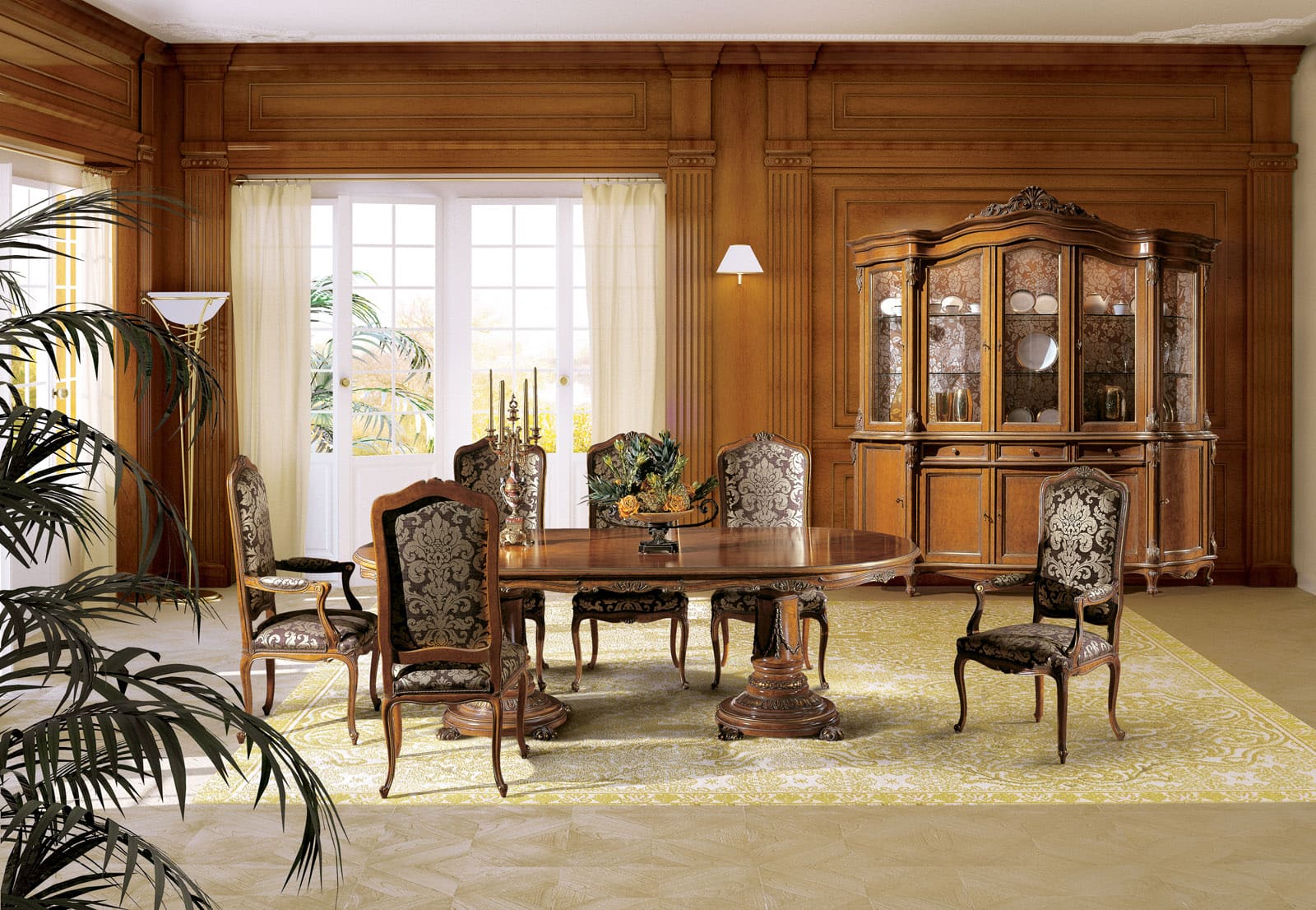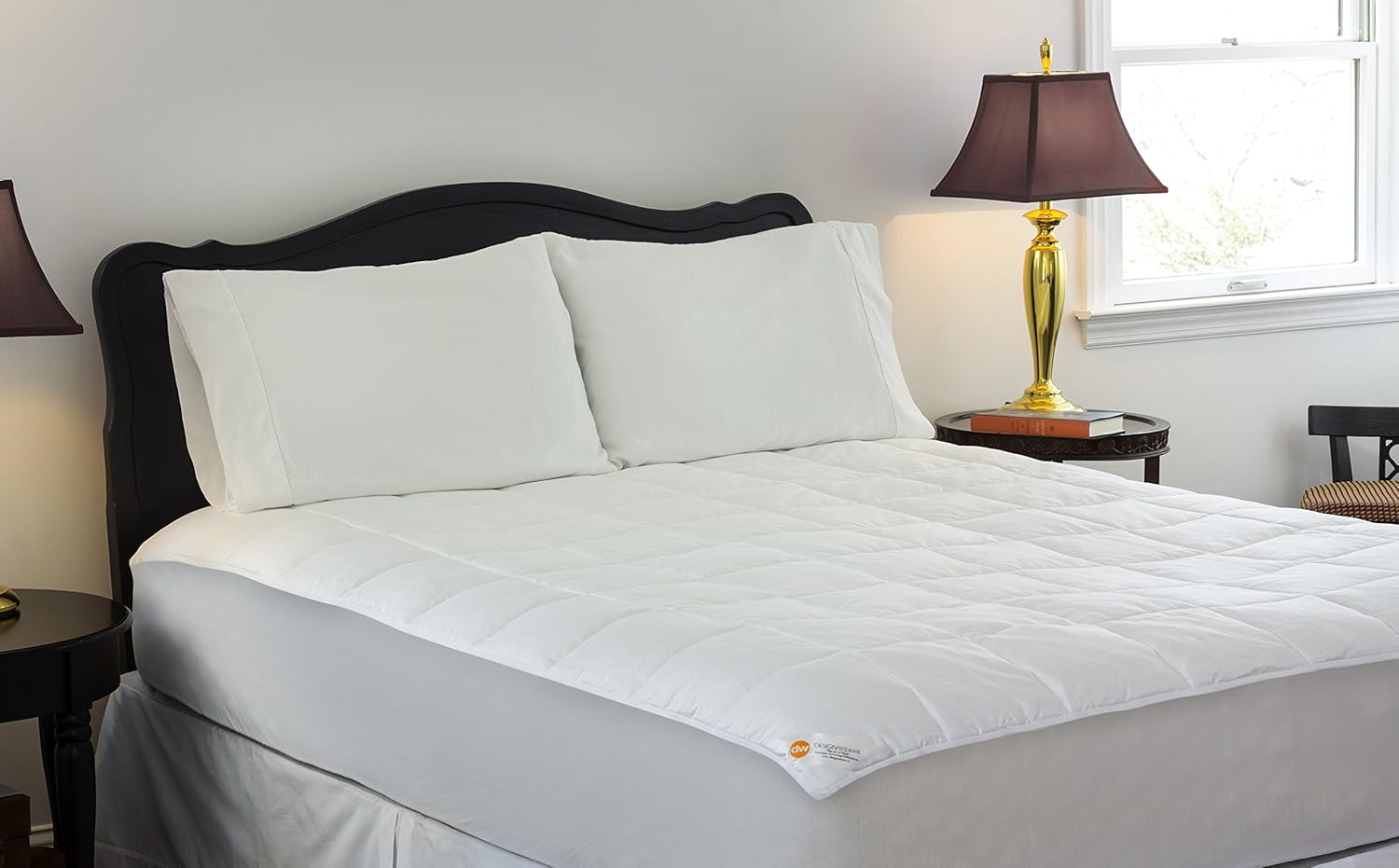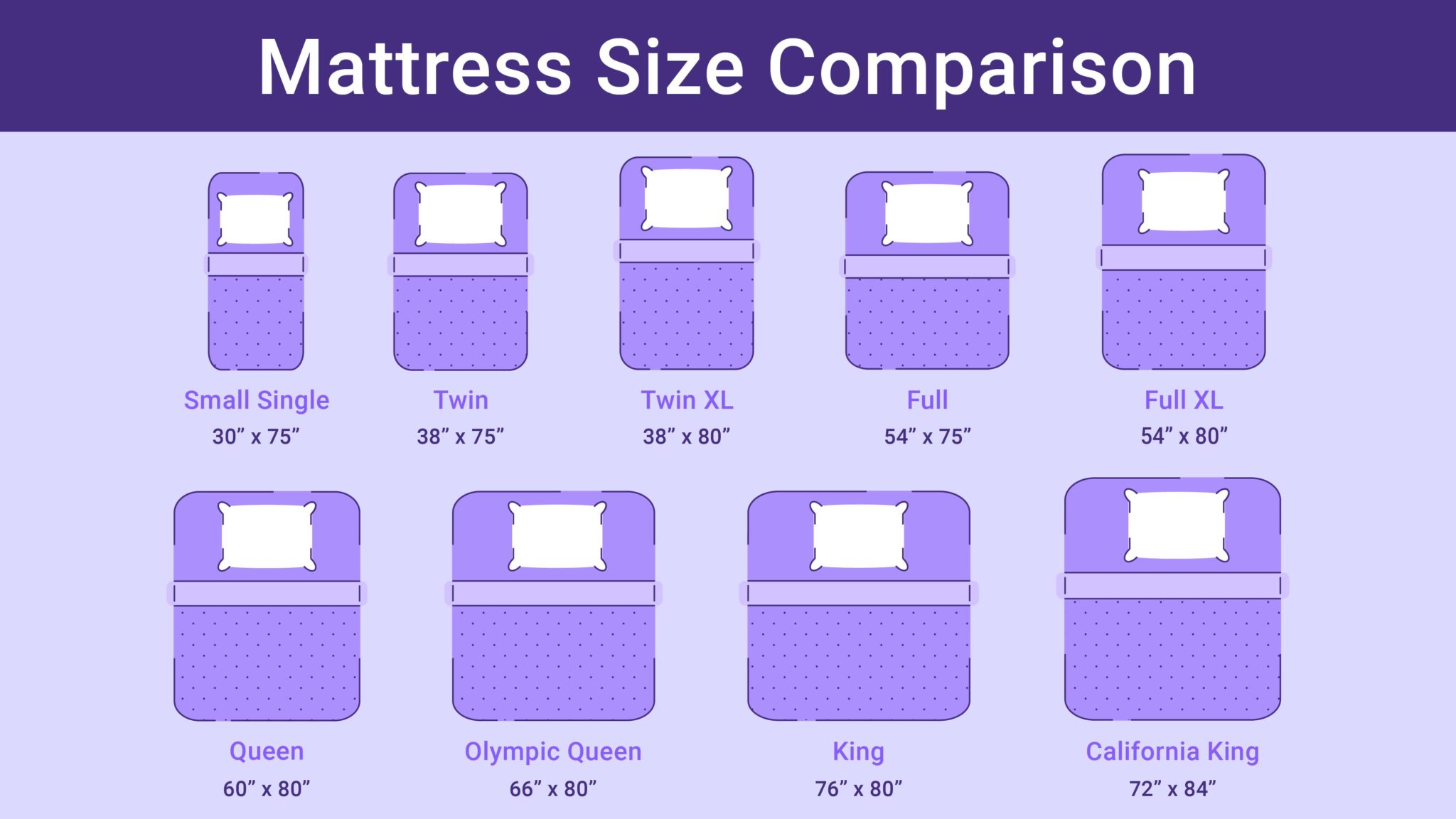When it comes to kitchen design, one important factor to keep in mind is how eco-friendly it is. Many homeowners are striving to build kitchens that are not just beautiful but also environmentally friendly and efficient. Eco-friendly kitchen designs can be accomplished through the clever use of materials, colors, appliances, and layouts. So if you're looking to make your kitchen sustainable, here are some beautiful and unique eco kitchen design ideas that will make a great inspiration. Recycling containers: Think of innovative ways to hide your recycling containers while still keeping them in sight for convenience. One great idea is to find creative ways to hide them in cabinets or install a drawer under the sink where they can easily be tucked away. Low-VOC paint: When painting, use water-based, low-VOC paints for cabinets, walls, ceilings, and trim. This will help to reduce emissions and keep their spaces clean and safe. Energy-efficient appliances: By investing in energy-efficient appliances and fixtures, you can reduce your carbon footprint while still getting the most from your kitchen. Look for appliances with the ENERGY STAR label, which indicate that they meet stringent energy efficiency requirements. Durable, long-lasting materials: Make sure to buy materials that are durable and will last for years. Look for sustainably sourced wood, recycled aluminum, and bamboo for surfaces and cabinetry. This will help reduce the amount of waste and pollution that goes into making them. Natural lighting: Cut down on energy costs and take advantage of some beautiful natural light. Install large windows, skylights, or solar tubes in areas that will maximize the amount of sunlight entering your kitchen. This will also create a stunning visual effect and add a nice atmosphere to your space. Energy-efficient lighting: When designing your kitchen lighting, be sure to use LEDs or halogens, which use significantly less energy than regular bulbs. LEDs also last much longer and are much cooler, making them an ideal lighting source. Solar power: Go green and install solar panels on the roof of your home. This will allow you to generate your own electricity, significantly reducing your carbon footprint. Organic materials: Look for materials that are organic in nature and eco-friendly. This includes environmentally friendly wood, bamboo, cork, or reclaimed materials for counters and cabinetry. Locally sourced materials: Look for locally sourced and recycled materials for kitchen furnishings, such as wood, stone, and metal. This will help reduce the environmental impact of shipping them from distant locations. Kitchen garden: If you have the space, turn a part of your kitchen into an indoor garden. You can grow fresh vegetables, herbs, and fruits right in your kitchen, reducing your reliance on processed, store-bought foods.12 Eco Kitchen Design Ideas
Designing an eco-friendly kitchen is a great way to reduce your carbon footprint and help to conserve resources. With the right materials and design elements, you can create a sustainable kitchen that is both beautiful and functional. Here are some ideas on how to create an eco-friendly kitchen design. Opt for sustainable materials: Choose materials that are sustainable such as cork, reclaimed wood, bamboo, or recycled aluminum for cabinets, floors, and countertops. These materials can be as attractive as conventional ones, yet they require less energy to produce and are eco-friendly. Invest in energy efficiency: Invest in energy-efficient appliances such as the ENERGY STAR label. This will help reduce your carbon footprint and will also help you save money on your energy bills. Focus on natural light: To maximize natural light, install large windows, solar tubes, or skylights in areas of the kitchen that will benefit from natural light. You can also use light curtains to help control the amount of sunlight entering the kitchen during the day. Choose low-VOC paints: Choose low-VOC paints when painting the walls and cabinets as this will help reduce emissions and help to keep the air clean. Also use light-colored paint to reflect the light and open up the kitchen space. Invest in renewable energy: Invest in options such as solar paneling or wind power generators to reduce your reliance on traditional sources of energy and lower your energy bills. Plant a kitchen garden: If you have the space, grow fruit, vegetables, and herbs right in your kitchen. This will reduce your reliance on store-bought food while also offering you a supply of fresh, healthy, organic ingredients.Ideas for Eco-Friendly Kitchen Design
Creating an eco-friendly kitchen design is one of the best ways to conserve resources, reduce your carbon footprint, and help the environment. Here are five tips that will help you create an eco-friendly kitchen design. Choose eco-friendly materials: Choose materials that are eco-friendly such as cork, bamboo, or reclaimed wood for cabinets, floors, and countertops. These materials are as beautiful as conventional materials, and they often require less energy to produce and install, making them an eco-friendly option. Invest in energy efficiency: Invest in energy-efficient appliances, such as those with the ENERGY STAR label. This will help reduce your carbon footprint and energy bills. Focus on natural light: To maximize natural light, install large windows, solar tubes, or skylights in the kitchen. You can also use light curtains to help control the amount of sunlight entering the kitchen. Use low-VOC paint: Use water-based, low-VOC paints when painting the walls, cabinets, and trim. This will help to reduce emissions and help to keep their spaces clean and safe. Invest in renewable energy: Invest in options such as solar paneling or wind power generators to reduce your reliance on traditional sources of energy and lower your energy bills.5 Ways to Create an Eco-Friendly Kitchen Design
While many people think eco-friendly kitchen designs are unattainable, this could not be further from the truth. Investing in an eco-friendly kitchen design is a great way to reduce your carbon footprint and help to conserve resources. Here are some top eco-friendly kitchen design tips for 2021: Choose energy-efficient appliances: Invest in energy-efficient appliances like those with the ENERGY STAR label. This will help to reduce your environmental footprint and will save you money on your energy expenditures. Focus on natural lighting: Install large windows, solar tubes, or skylights to maximize natural light in your kitchen. Natural lighting is more energy-efficient and can even help to create a warmer, more inviting atmosphere in the kitchen. Choose eco-friendly materials: Choose materials like bamboo, cork, or reclaimed wood for cabinets, floors, and countertops. Eco-friendly materials help to reduce the amount of energy used in the production and installation process. Invest in renewable energy: Invest in options such as solar paneling or wind power generators to reduce your reliance on traditional sources of energy and lower your energy bills. If you're looking for an investment that will help reduce your carbon footprint, renewable energy is a great option. Grow a kitchen garden: Plant fresh vegetables, herbs, and fruits in your kitchen. This will reduce your reliance on store-bought food while also providing you with fresh, healthy ingredients.Eco-Friendly Kitchen Design Tips for 2021
Creating an eco-friendly kitchen is easier than you might think. Just by making a few simple choices, you can create a kitchen that is beautiful, sustainable, and energy efficient in no time. Here are 8 simple steps to creating an eco-friendly kitchen design. Step 1: Plan and research: Before you start your design, plan it out and do some research on eco-friendly materials and appliances. This will help you create a kitchen design that reflects your personal style and is sustainable. Step 2: Choose sustainable materials: Choose sustainable materials for cabinets, countertops, floors, and other surfaces. Use materials like bamboo, cork, and reclaimed wood for eco-friendly materials that will last. Step 3: Invest in energy-efficient appliances: Invest in energy-efficient appliances with the ENERGY STAR label. This will help to reduce your carbon footprint as well as your energy bills. Step 4: Focus on natural light: Maximize natural lighting with large windows, skylights, or solar tubes. This will help reduce your energy expenditure and create a more inviting atmosphere. Step 5: Choose low-VOC paint: Use low-VOC paints when painting the walls and cabinets. This will reduce emissions, keep your air clean, and help to control the temperature in your kitchen. Step 6: Invest in renewable energy: Invest in options such as solar paneling or wind power generators to reduce your reliance on traditional sources of energy and lower your energy bills. Step 7: Plant a kitchen garden:Turn a part of your kitchen into an indoor kitchen garden to reduce your reliance on store-bought foods. You can grow fresh vegetables, herbs, and fruits in your kitchen for a supply of fresh, healthy, organic ingredients. Step 8: Re-use and recycle:Look for ways to reuse and recycle materials when remodeling or decorating your kitchen. This can be anything from repurposing old furniture or using recycled materials for new kitchen cabinets.Creating an Eco-Friendly Kitchen Design in 8 Steps
The kitchen is one of the most important and used rooms in any home, so it's important to make sure that it is designed in a way that is both efficient and eco-friendly. Here are 10 tips for creating the perfect eco-friendly kitchen design: 1. Choose Eco-Friendly Materials: Look for materials that are eco-friendly such as bamboo, cork, or reclaimed wood for cabinets, floors, and countertops. Eco-friendly materials help to reduce the amount of energy used to produce and install them, while still providing a beautiful look. 2. Install Heat Recovering Ventilation: Install heat recovery ventilation (HRV) systems to keep fresh air in your kitchen without wasting energy. HRV systems help to reduce the energy used to heat and cool the home by recovering the heat from outgoing air and reusing it to preheat incoming air. 3. Invest in Energy-Efficient Appliances: Invest in energy-efficient appliances such as those with the ENERGY STAR label. This will help to reduce your energy expenditure and carbon footprint. 4. Focus on Natural Light: To maximize natural light, install large windows, solar tubes, or skylights in areas of the kitchen that will benefit from natural light. You can also use light curtains to help control the amount of sunlight entering the kitchen. 5. Choose Low-VOC Paint: Choose low-VOC paints when painting the walls and cabinets as this will help reduce emissions and help to keep the air clean. 6. Use LED or Halogen Lighting: LEDs and halogens use significantly less energy than regular light bulbs and help to reduce the amount of energy used in the kitchen. 7. Install Solar Panels: Invest in solar paneling, which will allow you to generate your own electricity and reduce your reliance on traditional energy sources. 8. Plant a Kitchen Garden: If you have the space, turn a part of your kitchen into an indoor kitchen garden. You can grow fresh vegetables, herbs, and fruits right in your kitchen, reducing your reliance on store-bought foods. 9. Buy Locally Sourced Materials: Look for locally sourced and recycled materials for kitchen furnishings, such as wood, stone, and metal. This will help reduce the environmental impact of shipping them from distant locations. 10. Recycling Containers: Think of innovative ways to hide your recycling containers while still keeping them in sight for convenience. One great idea is to find creative ways to hide them in cabinets or install a drawer under the sink where they can easily be tucked away.10 Tips for Creating the Perfect Eco-Friendly Kitchen Design
Creating an eco-friendly kitchen does not have to be complicated or expensive. It's all about making the right choices and investing in sustainable materials. Here is the ultimate guide to eco-friendly kitchen design. Choose Eco-Friendly Materials: Look for materials that are eco-friendly such as cork, bamboo, or reclaimed wood for cabinets, floors, and countertops. These materials can be as attractive as conventional materials, yet they require less energy to produce and are eco-friendly. Invest in Energy Efficiency: Invest in energy-efficient appliances such as those with the ENERGY STAR label. This will help reduce your carbon footprint and will also help you save money on your energy bills. Focus on Natural Light: To maximize natural light, install large windows, solar tubes, or skylights. Natural lighting is more energy efficient and can even help to create a warmer atmosphere in the kitchen. Choose Low-VOC Paint: Choose low-VOC paints when painting walls and cabinets. This will help reduce emissions and help to keep your air clean. Invest in Renewable Energy: Invest in options such as solar paneling or wind power generators to reduce your reliance on traditional sources of energy and lower your energy bills. Grow a Kitchen Garden: Plant fresh vegetables, herbs, and fruits in your kitchen. This will reduce your reliance on store-bought food while also providing you with fresh, healthy ingredients. Re-Use and Recycle: Look for ways to reuse and recycle materials when remodeling or decorating your kitchen. This can be anything from repurposing old furniture or using recycled materials for new kitchen cabinets.The Ultimate Guide to Sustainable Kitchen Design
Increasing Popularity of Eco Kitchen Design
 Although eco kitchen design isn't something that is ubiquitous among households, it is becoming increasingly popular among homeowners. Eco kitchen design is appealing to those that want to create a kitchen with a healthy and safe environment while also being cost-effective.
Eco kitchen design focuses on a few key components such as energy efficiency, sustainable materials, and using natural light. The materials used in eco kitchen designs can range from recycled plastics, bamboo, and even natural stone.
Although eco kitchen design isn't something that is ubiquitous among households, it is becoming increasingly popular among homeowners. Eco kitchen design is appealing to those that want to create a kitchen with a healthy and safe environment while also being cost-effective.
Eco kitchen design focuses on a few key components such as energy efficiency, sustainable materials, and using natural light. The materials used in eco kitchen designs can range from recycled plastics, bamboo, and even natural stone.
Eco-Friendly Appliances
 When it comes to eco kitchen design, energy efficiency is a major factor. Appliances that are Energy Star certified are generally the best choice for those that are building an eco kitchen. Repeating this type of appliance for the entire kitchen is the most cost-effective solution, as it creates a consistent look while also relying on energy-efficient technology.
When it comes to eco kitchen design, energy efficiency is a major factor. Appliances that are Energy Star certified are generally the best choice for those that are building an eco kitchen. Repeating this type of appliance for the entire kitchen is the most cost-effective solution, as it creates a consistent look while also relying on energy-efficient technology.
Sustainable Lighting
 One of the most important aspects of eco kitchen design is to maximize natural light while curtailing energy lost from electric lighting. This means that windows should be properly positioned and skylights should be considered when applicable. Additionally, dimmable lighting and efficient LED bulbs are great for efficient illumination.
One of the most important aspects of eco kitchen design is to maximize natural light while curtailing energy lost from electric lighting. This means that windows should be properly positioned and skylights should be considered when applicable. Additionally, dimmable lighting and efficient LED bulbs are great for efficient illumination.
Reclaimed Materials
 In recent years, reclaimed materials have become a popular choice for those involved in eco kitchen design. Reclaimed materials can help keep costs down while also providing an eco-friendly quality to the project. Reclaimed wood for counters, cabinetry, and flooring are all excellent choices for eco kitchen design. Reclaimed materials can also be used in an eclectic way to create an interesting juxtaposition between modern and traditional elements.
Eco kitchen design is becoming more popular as homeowners become aware of the benefits it offers. With a focus on energy efficiency, sustainable materials, and natural light, eco kitchen design is an excellent way to create a kitchen that is both cost-effective and eco-friendly.
In recent years, reclaimed materials have become a popular choice for those involved in eco kitchen design. Reclaimed materials can help keep costs down while also providing an eco-friendly quality to the project. Reclaimed wood for counters, cabinetry, and flooring are all excellent choices for eco kitchen design. Reclaimed materials can also be used in an eclectic way to create an interesting juxtaposition between modern and traditional elements.
Eco kitchen design is becoming more popular as homeowners become aware of the benefits it offers. With a focus on energy efficiency, sustainable materials, and natural light, eco kitchen design is an excellent way to create a kitchen that is both cost-effective and eco-friendly.












































